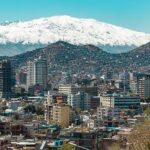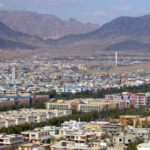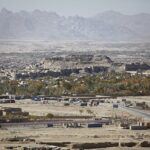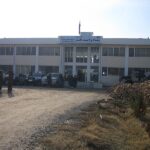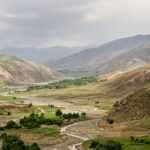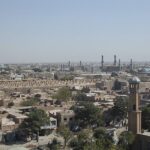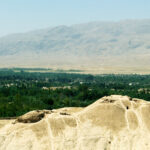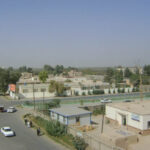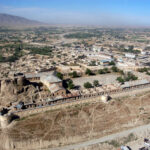Jalalabad
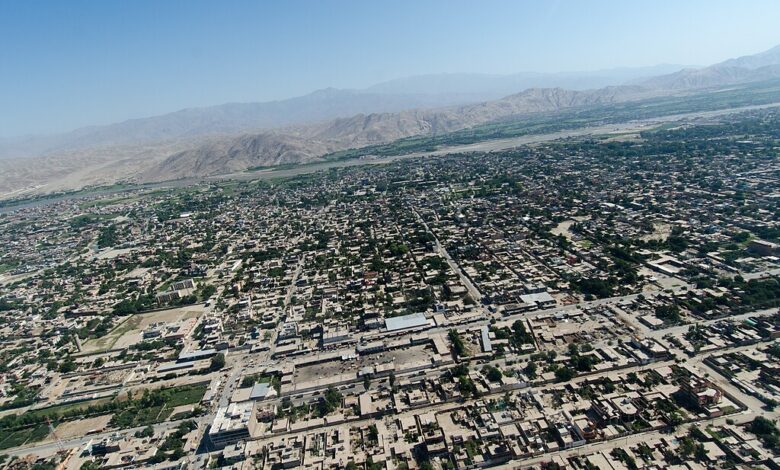
Jalalabad is a city in eastern Afghanistan, situated in the Nangarhar Province. It is one of the major cities in the region and serves as the capital of Nangarhar Province. The city is located in the Kabul River valley near the border with Pakistan.
The region around Jalalabad is known for its agricultural activities, and the city has played a role in connecting Afghanistan with neighbouring countries through trade routes. Additionally, Jalalabad has been a strategic location due to its proximity to the Khyber Pass, a mountain pass that historically served as a major route for trade and invasions between Central Asia and the Indian subcontinent.
| ID |
|---|
| 132223 |
| Name |
| Jalalabad |
| State ID |
| 4015 |
| State Code |
| PB |
| State Name |
| Punjab |
| Country ID |
| 101 |
| Country Code |
| IN |
| Country Name |
| India |
| Latitude |
| 30.60622000 |
| Longitude |
| 74.25727000 |
| WikiData ID |
| Q2016869 |
